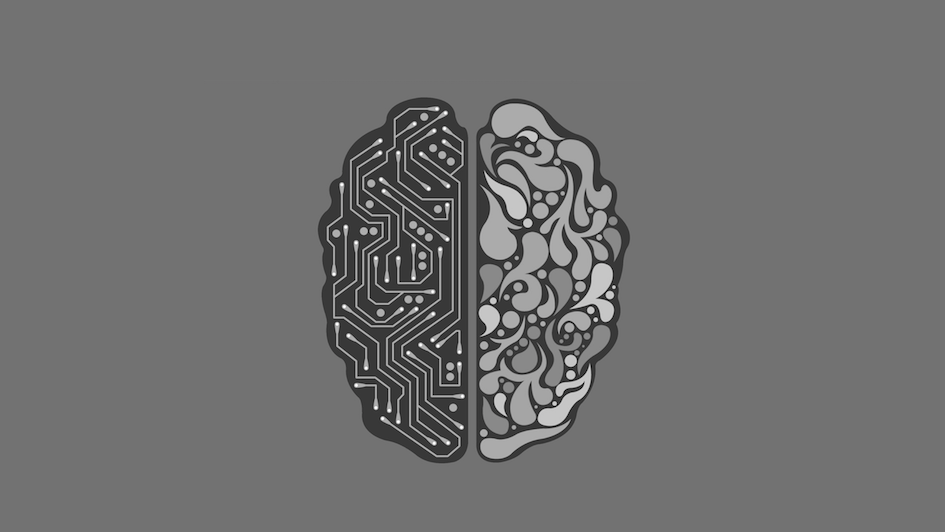Scientists have successfully used a form of artificial intelligence (AI) to develop a new imaging approach that makes it easier for radiologists to assess the extent of bone disease in people with advanced prostate cancer or multiple myeloma.
The research team has developed a software solution that minimises variability in the images achieved from whole-body diffusion-weighted imaging (WBDWI) scans, making them quicker and easier to compare across time and scanner sites. WBDWI is a commonly used non-invasive technique that makes it possible to detect and assess how secondary bone cancer progresses and responds to treatment.
This software should improve the detection of disease progression during treatment, meaning that clinicians could intervene early and switch the treatment if the disease is not responding. This could improve and even extend the lives of people with various cancers that have spread to the bones.
The work was led by scientists at The Institute of Cancer Research, London, and it was funded by the National Institute for Health and Care Research’s (NIHR’s) Biomedical Research Centre at The Royal Marsden NHS Foundation Trust and The Institute of Cancer Research (ICR). The paper was published in the journal Bioengineering.
Together with its partner hospital, The Royal Marsden, the ICR has an impressive track record of practice-changing advances in imaging and radiotherapy. Since completing this new study, the ICR has worked with a commercial partner, Mint Medical, to exploit this novel method of analysing WBDWI data collected using routine imaging protocols. The partnership has created a clinical tool that will be brought into medical practice.
Overcoming a longstanding MRI challenge
WBDWI is a form of MRI that measures the movement of water molecules in bodily tissues. It can distinguish between cancerous and non-cancerous tissues, helping with both the diagnosis and monitoring of the disease.
Currently, it is primarily used to detect and assess treatment response in people with advanced prostate and breast cancer that has spread to the bones. However, while WBDWI offers several benefits – such as being non-invasive and not requiring radiation or a contrast dye – it does pose some obstacles.
Until now, it has been hard for scientists to compare the images obtained from the same person at different times. This is due to fluctuations in the body, such as changes in blood flow and cell activity, that affect the movement of water molecules in its tissues. In addition, differences in MRI scanner settings mean that it is often not feasible to compare images achieved using different scanners.
This limitation makes it difficult for clinicians to determine the extent to which bone disease is changing over time and in response to treatment. In addition, it hinders the development of automated tools that could draw on multiple sets of images to provide this information in a short amount of time, which would be extremely useful in a clinical setting.
Developing a fully automated workflow
The scientists behind this study wanted to create a clinical tool that standardises the white, grey and black shading across WBDWI images to make them directly comparable.
They decided to do this using machine learning, which teaches computers to process data in a specific way. They trained their deep learning model using images of the spinal canal in 40 people with advanced prostate cancer or multiple myeloma. Each participant underwent two WBDWI scans – a baseline scan and a follow-up one – to assess their response to treatment. This provided a total of 8,749 images for training the model and an additional 2,758 images for validating it. The information provided by the model was then manually verified by radiologists with expertise in WBDWI.
The model was able to provide accurate measurements of the movement of water within tissues, reflecting the estimated tumour burden within the skeleton. These measurements can serve as biomarkers of response to treatment. Importantly, it was able to do this in less than three minutes, using WBDWI data alone and not affecting the contrast between the tissue of interest and the surrounding tissue.
The team is now evaluating the new tool in a clinical trial to ensure that it can effectively provide information about bone disease from WBDWI in a larger-scale multi-centre setting.
A robust approach
Senior author Dr Matthew Blackledge, leader of the Computational Imaging Group in the Division of Radiotherapy and Imaging at the ICR, said:
“At the moment, clinicians are having to rely on manual interpretation of scan images, which is time-consuming and not feasible in clinical practice.
“As a result of our latest work, radiologists will now be able to quickly assess the extent of bone disease and monitor changes in follow-up scans without manually adjusting contrast. Additionally, WBDWI allows the measurement of a surrogate imaging biomarker that correlates with tumour invasiveness.
“We’re hopeful that our software solution will improve the quantification of disease extent and treatment response to such a level that it leads to significant improvements in patient outcomes.”
First author Antonio Candito, Postdoctoral Training Fellow in the Computational Imaging Group at the ICR, said:
“Our model’s ability to generalise across multi-centre WBDWI datasets was surprising because this is a challenge we have long faced in machine learning. Its ability to demonstrate repeatable and reliable outcomes across different cancer types, follow-up scans, protocols and MRI scanners is indicative of the robustness of our approach.
“Our method is inspired by the preference of experienced clinicians using whole-body MRI in oncology, and we believe it will assist them in detecting disease progression within three months of treatment initiation.
“We are excited to see the results of the ongoing clinical trial, which may lead to changes in the standard care of people with bone disease.”
